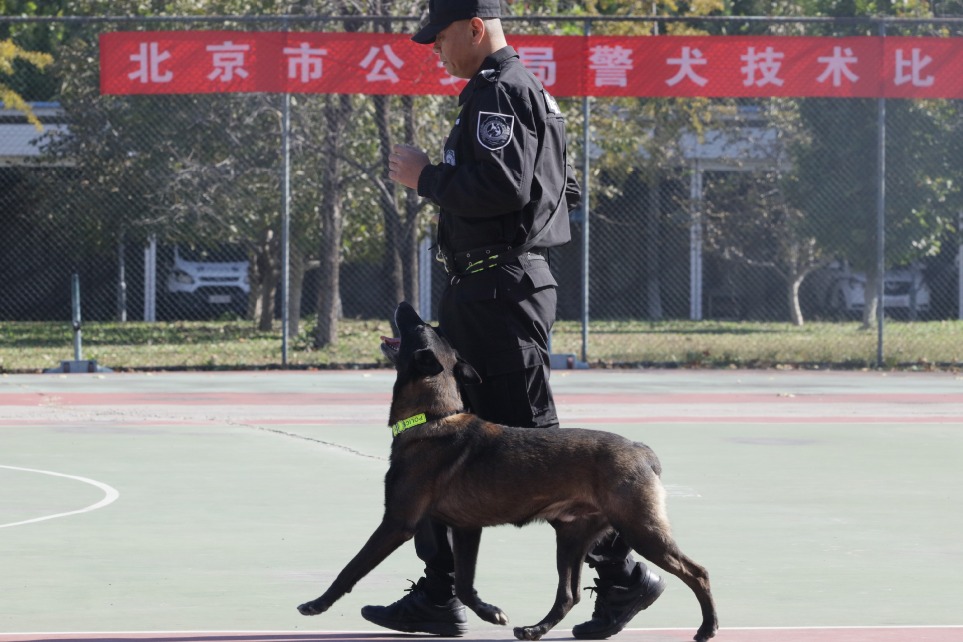Policies promoted to solve population problems


Control
However, the rising concern in recent years about a possible population decline is in sharp contrast to the past four decades, when efforts were made to control rapid population growth.
In the 70 years since the People's Republic of China was founded, population policies have evolved to suit the country's economic and social development, with each adjustment having far-reaching effects on society.
After New China was founded in 1949, the government adopted a policy of encouraging births, resulting in a rapid population increase.
According to Zhang Yi, a population researcher at the Chinese Academy of Social Sciences, authorities released a series of temporary policies at the time to encourage childbirth, including sterilization and restricting abortion.
"Encouraging childbirth met the demand of the masses, which had got over war fatigue," he said. "In general, having obtained land and stable employment, they had a strong desire for marriage and childbirth."
In addition, improvements to healthcare services and the containment of many infectious diseases that had caused many deaths before New China was founded significantly reduced the mortality rate, resulting in explosive population growth, he said.
According to the NBS, the mainland population rose from 542 million in 1949 to 672 million in 1959, a jump of nearly 24 percent.
During that decade, the birth rate was one of the highest in the country's history, with the annual rate exceeding 3.6 percent of the total population for five of the 10 years. For example, in 1954, the rate reached 3.8 percent, the bureau said.
The 1960s witnessed a second birth peak, with the annual rate remaining higher than, or close to, 3.5 percent for most of that decade. From 1962 to 1972, about 300 million people were born, and by 1971, when family planning policies were released advocating that each couple should have no more than two children, the population exceeded 852 million.
Long before 1978, when the government started advocating that couples should only have one child, continuously adjusted policies were designed to check rapid population growth and relieve the burden on resources, but they were not enforced, Zhang said.
When the Reform and Opening-up Policy was adopted in 1978, the population totaled more than 960 million, including 250 million people living in poverty. The huge population and its excessive growth placed a heavy burden on social and economic development, forcing the government to formulate and implement strict family planning policies.
In 1980, the one-child rule was implemented nationwide, restricting most urban couples to just one child. In 1982, it became a basic national policy.
- Guangzhou exempts kindergarten fees for select age groups
- World Shiology Forum focusing on food system opens in Hainan
- ELLE Style Awards position Sanya as a style capital
- Shanghai Tower Towerrunning Challenge to kick off in Nov
- Former Qinghai senior official receives life for bribery
- China ramps up control of non-CO2 greenhouse gases






































